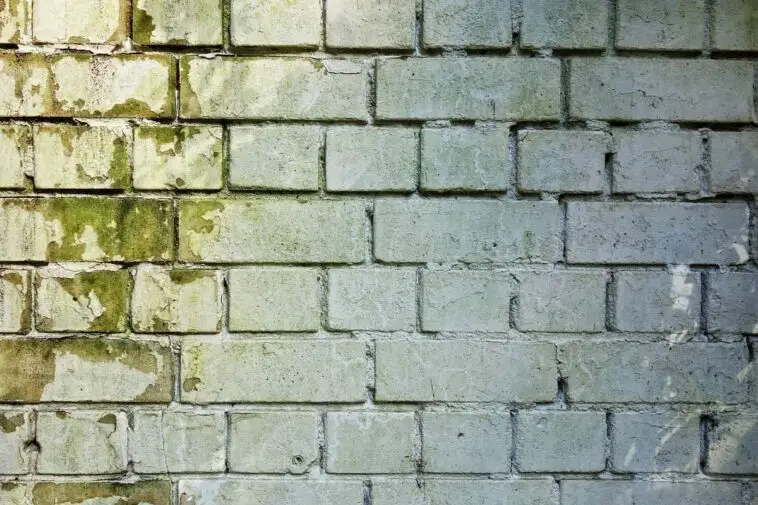Mold damage can be a persistent issue, but proactive and preventative measures can significantly reduce the likelihood of recurrence. Implementing long-term solutions is essential to create an environment resistant to mold growth. In this guide, we’ll explore effective preventative measures to avoid future mold damage and ensure a mold-free living or working space.
1. Identify and Address Water Intrusion Points
The first step in preventing mold damage recurrence is to identify and address potential water intrusion points. Regular inspections should focus on areas vulnerable to leaks, such as roofs, windows, doors, and foundations. Addressing water entry points promptly minimizes the risk of moisture accumulation, a crucial factor in mold growth.
2. Maintain Proper Ventilation
Adequate ventilation is a powerful tool in mold prevention. Proper airflow helps regulate humidity levels, reducing the conditions favorable for mold growth. Ensure that ventilation systems in bathrooms, kitchens, and other moisture-prone areas are functioning effectively. Consider installing exhaust fans to enhance ventilation in enclosed spaces.

3. Control Indoor Humidity
Monitoring and controlling indoor humidity is vital in preventing mold. The ideal indoor humidity level is below 60%. Use dehumidifiers in areas prone to high humidity and regularly check and maintain these devices to ensure optimal performance. By controlling humidity, you create an inhospitable environment for mold spores.
4. Proper Landscaping and Drainage
The exterior landscape around a property plays a crucial role in preventing water intrusion. Slope the ground away from the foundation to ensure proper drainage. Clean and maintain gutters regularly to prevent water from overflowing and causing moisture issues. Proper landscaping and drainage help divert water away from the structure, minimizing the risk of mold growth.
5. Regular Roof Maintenance
A well-maintained roof is a significant barrier against water intrusion. Conduct regular inspections of the roof for damaged shingles, leaks, or any signs of wear and tear. Addressing roof issues promptly prevents water from penetrating the structure and causing mold damage.
6. Seal Cracks and Gaps
Mold can enter through tiny cracks and gaps in the building’s structure. Seal any openings around windows, doors, and the foundation to prevent water infiltration. This not only aids in mold prevention but also enhances the energy efficiency of the building.
7. Professional Flood Damage Repair Services
In the aftermath of floods or significant water damage, seeking professional flood damage repair services is crucial. Professionals specializing in flood damage repair, can assess the extent of the damage, perform necessary repairs, and implement preventative measures to avoid future mold issues.
8. Regular HVAC System Maintenance
The HVAC system plays a role in maintaining indoor air quality and controlling humidity. Regular maintenance, including filter changes and cleaning of air ducts, is essential. A well-maintained HVAC system helps prevent the circulation of mold spores through the ventilation system.
9. Invest in Mold-Resistant Materials
When renovating or constructing, consider using mold-resistant materials. These materials are designed to inhibit mold growth, providing an added layer of protection against future mold damage. Mold-resistant drywall, paints, and insulation are available and can be valuable in creating a mold-resistant environment.
10. Educate Occupants on Mold Prevention Practices
Empowering occupants with knowledge about mold prevention is crucial for long-term success. Educate residents or employees about the importance of reporting leaks promptly, practicing good ventilation habits, and being vigilant about signs of mold growth. A proactive approach from everyone in the property contributes to a mold-resistant environment.
11.Flood Damage Repair: Expertise in Mold Prevention
Flood Damage Repair Houston TX, where weather events can lead to flooding, seeking expertise in flood damage repair is paramount. Professionals in flood damage repair not only address immediate concerns but also implement preventative measures to avoid future mold damage. Their knowledge and experience contribute to long-term solutions for mold prevention.
12.Regular Inspection of Plumbing Systems:
Leaky pipes and plumbing fixtures can contribute to moisture buildup and mold growth. Regularly inspect plumbing systems for leaks, corrosion, or any signs of water damage. Promptly repair any issues to prevent moisture from seeping into walls, floors, or ceilings.
13.Use Mold-Inhibiting Products:
Incorporate mold-inhibiting products into your cleaning routine. Mold-resistant cleaners and surface treatments can help prevent mold growth on various surfaces, such as tiles, grout, and bathroom fixtures. Additionally, consider using mold-resistant shower curtains and bath mats in moisture-prone areas.
14.Monitor Indoor Plants:
While indoor plants can enhance indoor air quality, overwatering or poorly draining pots can create excess moisture, providing an ideal environment for mold growth. Monitor indoor plants closely, water them appropriately, and ensure proper drainage to prevent moisture-related issues.
15.Implement Moisture Barriers:
In areas where moisture intrusion is a recurring issue, consider installing moisture barriers such as waterproof membranes or sealants. These barriers can be particularly useful in basements, crawl spaces, and attics to prevent moisture from seeping into the building materials.
16.Utilize Proper Insulation:
Proper insulation not only improves energy efficiency but also helps regulate temperature and humidity levels within a structure. Ensure that insulation is installed correctly and is adequate for the climate to prevent condensation and moisture buildup, which can lead to mold growth.
17.Promptly Address Condensation:
Condensation can occur on windows, walls, and other surfaces when warm, moist air comes into contact with cooler surfaces. Promptly wipe down and dry any condensation-prone areas to prevent moisture accumulation, especially during colder months.
18.Educate Maintenance Staff:
If applicable, provide training to maintenance staff on identifying and addressing potential mold issues. Equip them with the knowledge and tools necessary to conduct regular inspections, address maintenance issues promptly, and implement preventative measures effectively.
19.Encourage Proper Storage Practices:
Encourage occupants to store belongings in a manner that promotes airflow and prevents moisture buildup. Avoid storing items directly against exterior walls or in damp basements or attics. Use plastic storage containers instead of cardboard boxes, which can easily absorb moisture.
20. Promote Regular Cleaning and Maintenance:
Regular cleaning and maintenance routines can help prevent mold growth by removing dust, dirt, and other organic materials that mold spores feed on. Encourage occupants to clean regularly and promptly address spills or messes to prevent moisture buildup and mold colonization. Additionally, schedule periodic deep cleaning of carpets, upholstery, and other porous surfaces to remove embedd
By incorporating these additional measures into your mold prevention strategy, you can further enhance the resilience of your living or working environment against mold growth and associated damage.
Conclusion
Implementing preventative measures is the key to avoiding future mold damage recurrence. From addressing water intrusion points and maintaining proper ventilation to investing in flood damage repair services, a proactive approach significantly reduces the risk of mold growth. Long-term solutions create a resilient environment that promotes the health and well-being of occupants.




